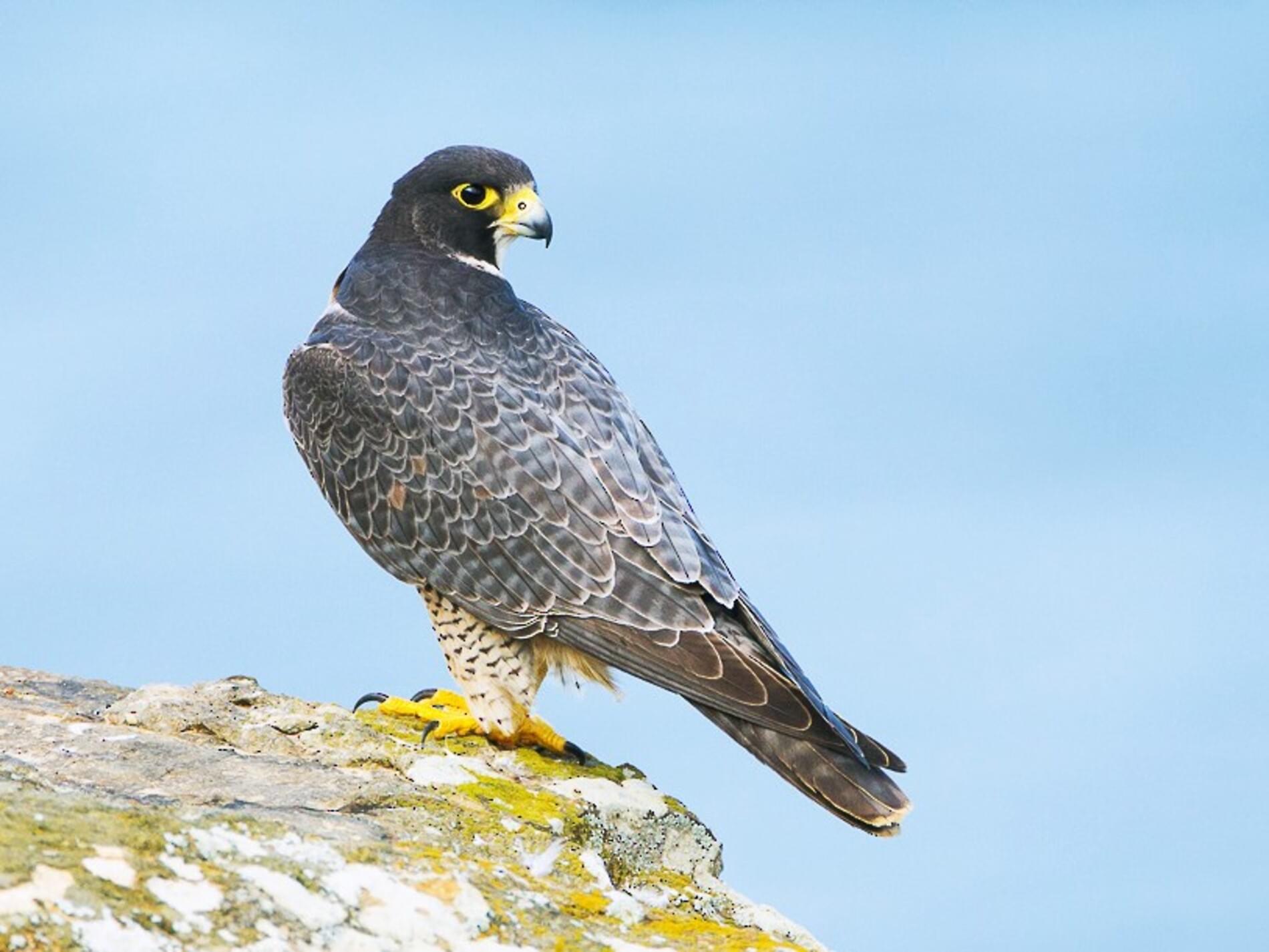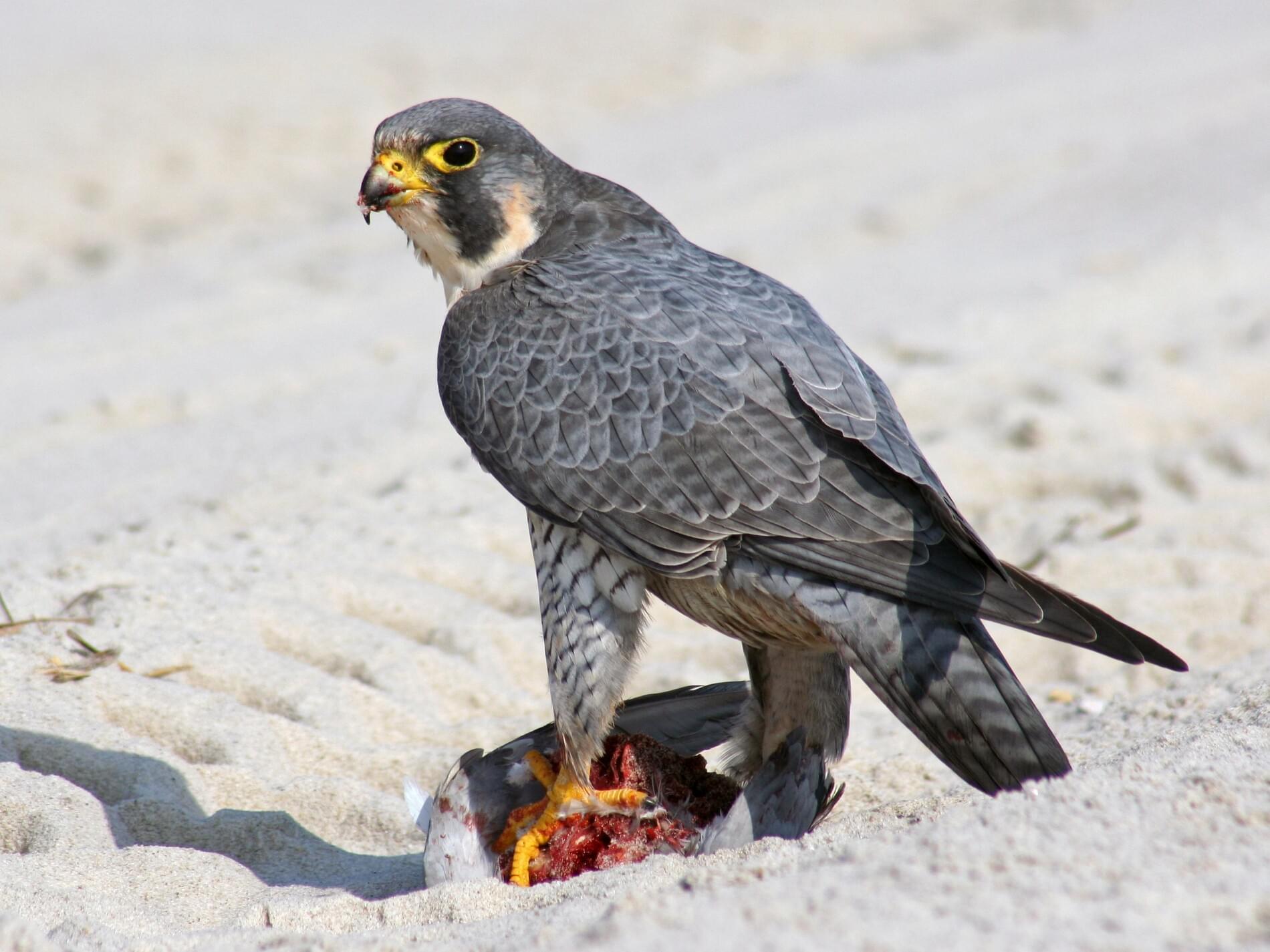

Often near water, especially along coast, and migrants may fly far out to sea. Over its wide range, found in wide variety of open habitats, from tundra to desert mountains. NH Audubon first became involved in the early 1980s, as organized releases of captive-bred falcons were ending and monitoring of wild-breeding pairs began. BirdLife International (2023) Species factsheet: Falco peregrinus. Extent of occurrence (breeding/resident): 413,000,000 km 2. Throughout the year, this page features a film about peregrines and their activities at Mayo Clinic. Since 1981, NH Audubon’s Conservation Biology staff and many dedicated volunteers have worked tirelessly to advance Peregrine Falcon population restoration in New Hampshire. Peregrine falcons breed from late February to mid-April, and return to the same nesting site year after year. For these reasons the species is evaluated as Least Concern. Open country, cliffs (mountains to coast) sometimes cities. Peregrine Falcon Program From approximately mid-February to early August, this page features a 24/7 live camera with two real-time views of the nest box where the peregrine falcons live and raise their young. The release of young captive bred birds from 1974-1988 helped lead to their return as a nesting species. They were eliminated as a nesting species in the state by the early 1960s, due mainly to pesticide (DDE) residues in their prey. Current populations appear to be stable or increasing. Peregrine falcons are listed as an endangered species in New York State. Has been reintroduced in many temperate areas in North America, and Arctic nesting populations have recovered somewhat also. Conservation statusĬoncentrations of pesticides from its prey caused widespread failure to reproduce during 1940s-1970s, and species disappeared from much of former breeding range. Among the most impressive birds to watch hunt, Peregrine Falcons are known for their high speeds, impressive aerial acrobatics, and unmistakable grace. This peregrine falcon family is using a nest box installed by the Raptor Research Project in 2003.

Although it is found on six continents, the Peregrine is uncommon in most areas it was seriously endangered in the mid-20th century because of the effects of DDT and other persistent pesticides. Regarded by falconers and biologists alike as one of the noblest and most spectacular of all birds of prey. One of the world's fastest birds in power-diving from great heights to strike prey, the Peregrine may possibly reach 200 miles per hour.


 0 kommentar(er)
0 kommentar(er)
